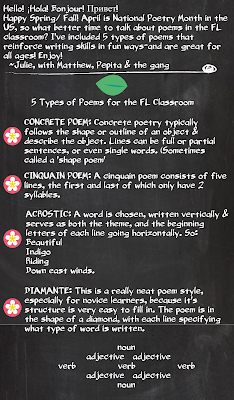*One of the things I learned about kiddos w ADHD is the real difficulty in stopping something they are working on before it’s finished... many other kids experience this as well. I started shifting my language last year from ‘its time to stop doing something’ to ‘we are going to pause this activity until next class’- what a difference! So many of my kids sense the difference in pausing an activity, which seems to evade the finality of ‘stopping’, which can be extremely frustrating for some children. I also use 'pause' instead of stop when I am giving them a time check, need to give additional instructions, etc.
*This has been a big one for me-& one Ive been working a lot on as advocacy in my own district. I spoke to this in my presentation at @CT_COLT on #ADHD The idea that children choose ‘bad behavior’ (& I have a lot of issues w this phrase too!) belies the reality that, especially if the gap between thought & action is only a few seconds, you are not, in fact, choosing to not follow an expectation or instruction. You might see on a behavior chart something like ‘I chose not to be safe in line’… This sends the message that a kid is choosing to ‘be bad’ (& again, I hate this phrasing)-imagine how that feels, especially if the kid hears it over & over again. This negative messaging is extremely harmful to the neurodiverse brain (& really all kids). What is known about impulsive actions is that they often seem like good ideas in the moment, but frequently do not turn out the way a child expects them to. Moving towards phrasing that acknowledges the unexpected nature of an action, eliminates condemnation & can defuse some big feelings that are associated w unexpected outcomes from impulsive actions.
I’ve shifted to saying ‘let’s turn off those noises we can control’ in a move to be more aware & welcoming to all students. This also sends a message to all kids that some noises are just part of who we are & they are just as welcome as other sounds.
*I have long loathed the word ‘behavior’ to describe what kids do in our classrooms, but struggled to find an alternative I felt worked better until this year. For me, ‘behavior’ most definitely has taken on a negative connotation, especially when we are talking to a kiddo; inevitably it is about something they’ve done “wrong” (which opens up a whole other conversation I’ll take on another time!).
Instead, thinking about ‘actions’ kids take has the flexibility of talking about all things kids do, both the helpful to community, as well as those which aren’t.
So, I might say something like “wow, that action really helped us clean up our space!” or I might say, “that action didn’t make your table partners feel comfortable “. Changing phrasing can be powerful, right?









